SKF condition monitoring improves paper making efficiency
2nd October 2009
Source:
SKF (U.K.) Limited
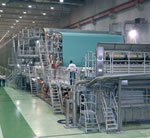
SKF is helping SAPPI Fine Paper Europe GmbH in Germany to improve efficiency in paper production through an ongoing programme of condition monitoring.
The SAPPI mill at Ehingen produces around 250,000 tonnes of paper per year, with the company as a whole having an annual output of more than 2.7 million tonnes. Its wood-free coated paper is mainly used for the preparation of high gloss brochures for industrial advertising, artistic print calendars and art portfolios. SAPPI first implemented condition monitoring in the early 1990s and quickly discovered that monitoring of equipment is essential for competitive and profitable operation.
Burkhard Köhn, Technical Manager at SAPPI Fine Paper Europe, explains, “We supply mainly to wholesalers who all have high expectations in terms of quality and delivery reliability. But the time factor is particularly critical if the machine fails. We manufacture round the clock, almost 365 days per year. It is therefore not possible to make up for any production lost during a machine failure.”
Burkhard Köhn continues, “The paper line is 200m long and makes exclusive use of advanced control and drive systems, with a large number of bearings and gears. Therefore, there is a risk of a component failure almost everywhere. We realised early on that condition monitoring of all key moving parts was crucial to reliable operation, as downtime can cost in excess of 10,000 euros per hour. Initially we used offline measuring systems, but we gradually changed over to SKF online systems.”
The SKF condition monitoring systems incorporate 385 sensors situated throughout the line so maintenance staff can retrieve data at any time. Automatic alarms clearly identify changes in the operating conditions, with real-time measurements allowing the company to determine the speed and nature of the fluctuation in bearing conditions. This allows SAPPI to calculate when to change bearings or if a unit can be operated safely until the next scheduled maintenance date.
“The fact is that if one of our cylinders is not rotating, the plant is down,” adds Burkhard Köhn. “But thanks to our safety precautions and condition monitoring technology, we can recognise early enough when a component is not working as required. In other words: we can tell today how the machine will work tomorrow.”
Burkhard Köhn resumes, “On the one hand, damage is to be recognised and evaluated, while on the other hand, the bearing life must be optimised.”
SKF has also supplied Microlog data collectors for staff to take manual measurements at various points on the line, plus vibration sensors fitted to the measuring positions and evaluation software, which allows SAPPI to view the data in detail and analyse it.
Bernard Kőhn recalls, “In the time since we started our offline and online measurements, we have successfully identified over 1,000 potential problems before they became serious. Whereas in 1991 we had to stop the plant every other week, today the interval between maintenance stoppages is six weeks. It would not have been possible to extend these intervals without condition monitoring and we now consider SKF not as our supplier, but as our buisness partner.”
“Our objective is to be state-of-the-art in our plant and equipment so that we can identify and optimise shortcomings. The SKF tools allow us to thoroughly analyse all bearings in our manufacturing facilities.”
Burkhard Köhn, Technical Manager at SAPPI Fine Paper Europe, explains, “We supply mainly to wholesalers who all have high expectations in terms of quality and delivery reliability. But the time factor is particularly critical if the machine fails. We manufacture round the clock, almost 365 days per year. It is therefore not possible to make up for any production lost during a machine failure.”
Burkhard Köhn continues, “The paper line is 200m long and makes exclusive use of advanced control and drive systems, with a large number of bearings and gears. Therefore, there is a risk of a component failure almost everywhere. We realised early on that condition monitoring of all key moving parts was crucial to reliable operation, as downtime can cost in excess of 10,000 euros per hour. Initially we used offline measuring systems, but we gradually changed over to SKF online systems.”
The SKF condition monitoring systems incorporate 385 sensors situated throughout the line so maintenance staff can retrieve data at any time. Automatic alarms clearly identify changes in the operating conditions, with real-time measurements allowing the company to determine the speed and nature of the fluctuation in bearing conditions. This allows SAPPI to calculate when to change bearings or if a unit can be operated safely until the next scheduled maintenance date.
“The fact is that if one of our cylinders is not rotating, the plant is down,” adds Burkhard Köhn. “But thanks to our safety precautions and condition monitoring technology, we can recognise early enough when a component is not working as required. In other words: we can tell today how the machine will work tomorrow.”
Burkhard Köhn resumes, “On the one hand, damage is to be recognised and evaluated, while on the other hand, the bearing life must be optimised.”
SKF has also supplied Microlog data collectors for staff to take manual measurements at various points on the line, plus vibration sensors fitted to the measuring positions and evaluation software, which allows SAPPI to view the data in detail and analyse it.
Bernard Kőhn recalls, “In the time since we started our offline and online measurements, we have successfully identified over 1,000 potential problems before they became serious. Whereas in 1991 we had to stop the plant every other week, today the interval between maintenance stoppages is six weeks. It would not have been possible to extend these intervals without condition monitoring and we now consider SKF not as our supplier, but as our buisness partner.”
“Our objective is to be state-of-the-art in our plant and equipment so that we can identify and optimise shortcomings. The SKF tools allow us to thoroughly analyse all bearings in our manufacturing facilities.”
Similar articles
More from SKF (U.K.) Limited
- Cooper Roller Bearings now known as SKF Cooper split bearings 22nd January 2018
- Meeting the needs of agriculture 6th November 2017
- SKF supplies Jeep Compass with wheel hub bearings 25th October 2017
- Magnetic bearing tuning service offers customers greater control 23rd October 2017


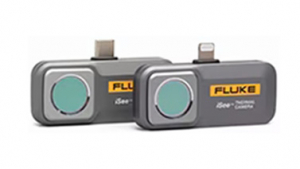
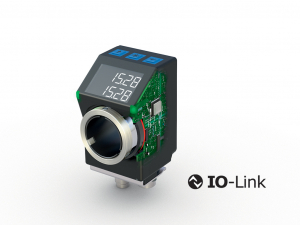
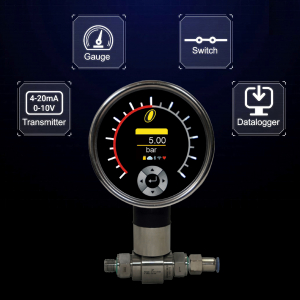





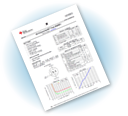

Write a comment
No comments